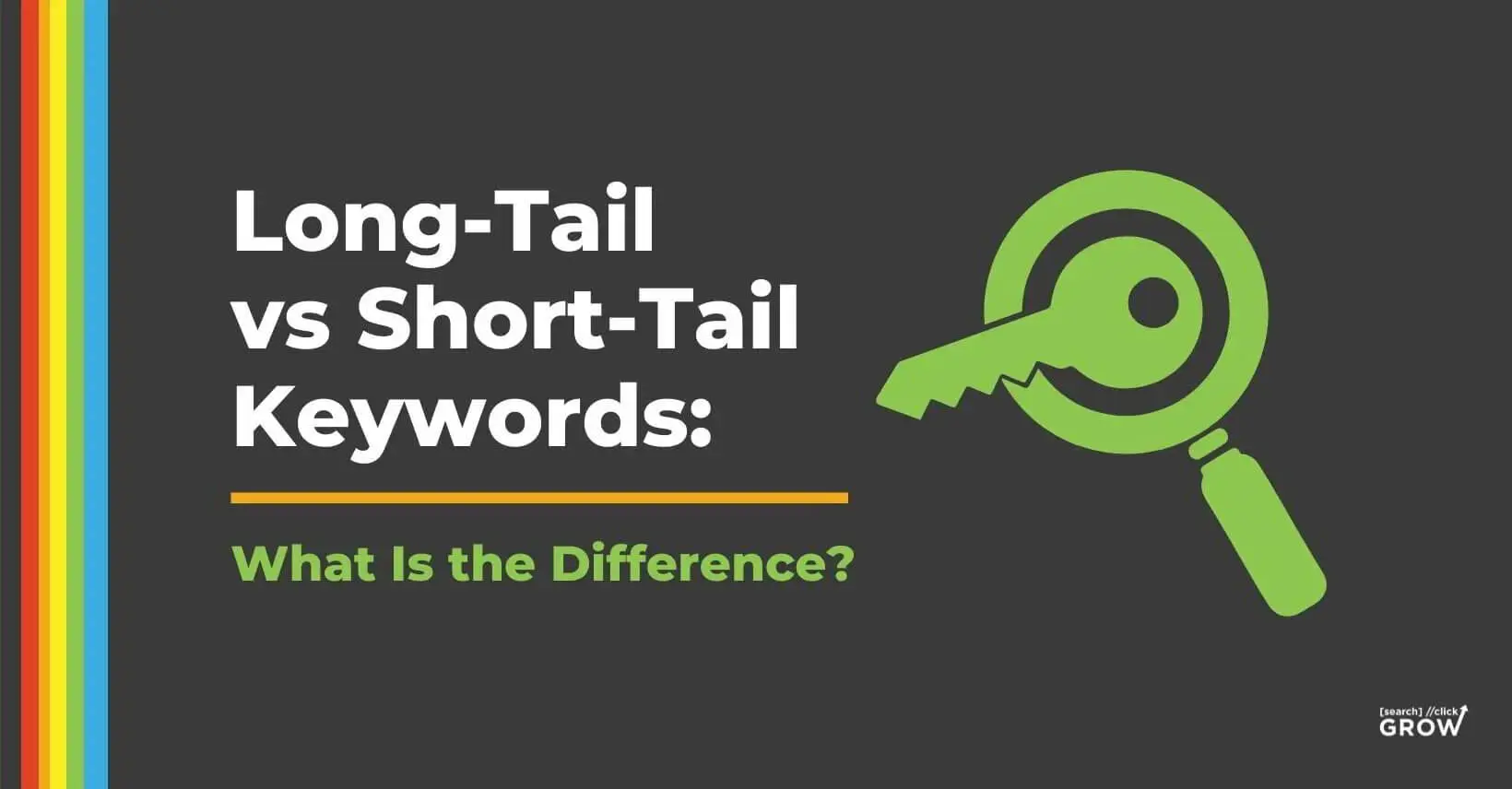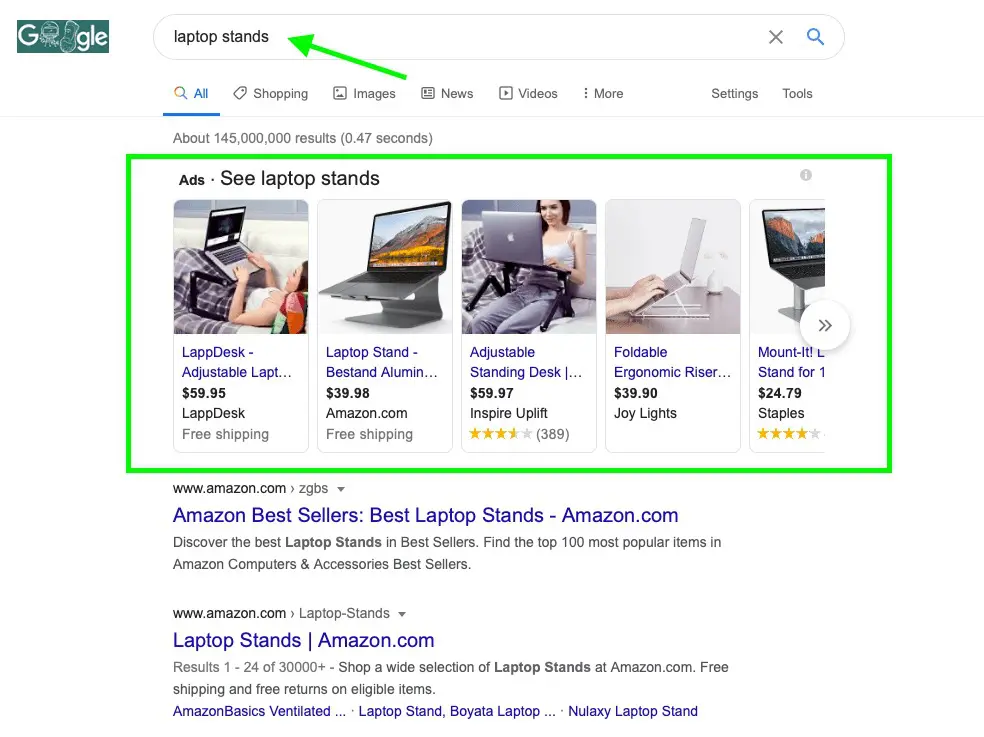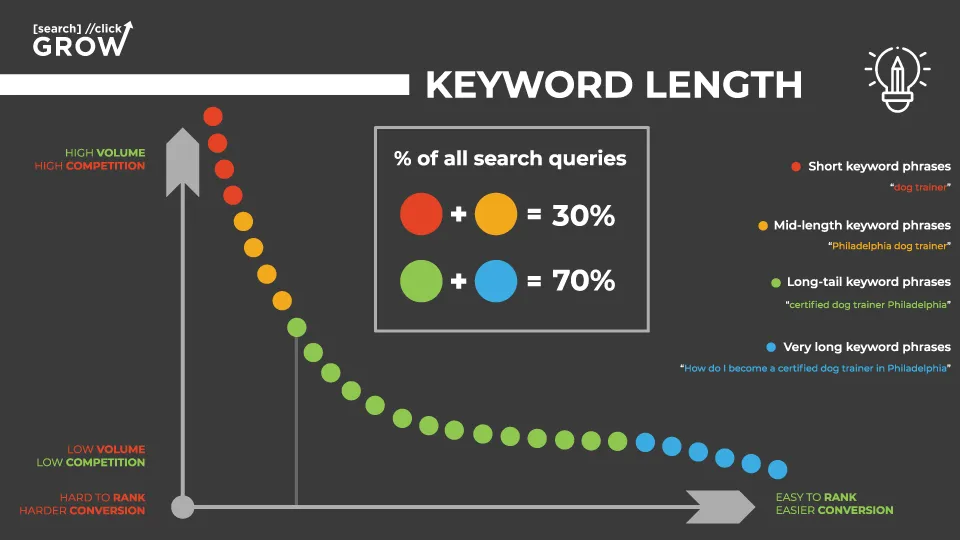
Long-Tail vs Short-Tail Keywords: What Is the Difference?
Many businesses are not conversant with SEO, and it is understandable because SEO is not a simple thing, after all. However, most of them are still aware of the benefits of using the right keywords for their business website.
Keywords are a significant part of SEO campaigns.
They are the phrases and words that your potential customers or site visitors type into the search engines.
Generally, keyword research is among the most important, and high return undertakings in marketing. Because of that, ranking for the best keywords can make or break your business site because keyword intent is a crucial aspect of paid search.
When you don’t have a good understanding of the intents behind your site visitors’ searches, your internet marketing campaigns will certainly fail.
Understanding what are long-tail vs short-tail keywords, how they are used and when to use them will help your business generate better marketing strategies.
Continue reading to understand more about these keywords and how you can use them to build a successful business website.
Understanding Short-Tail Keywords
One of the general types of keywords is short-tail keywords or head terms. They are three words or even less and are usually the most generic and popularly searched keywords.
These keywords are the first thing that you think of when you are looking for information on the internet. Short-tail keywords are the smallest group of words that may not make a full sentence.
However, they make some sense once typed on the search feature of a search engine. These keywords are not quite specific, but their intention is to get a broader audience or to research a product or service before making a purchase.

For example, “laptop stands,” “basket weaving,” “best face cream,” and so on.
Short-tail keywords get the highest number of searches, and the shorter your keyword, the greater the search volume.
The high search volume of these keywords eventually leads to stiff competition because many websites are fighting for a piece of internet traffic.
The main focus of these searches is quite broad. That’s because, without extra keywords in the keyword search of a user, the search engine cannot determine what they’re looking for accurately.
Short-tail keywords bring lots of traffic to your business website, which can benefit your establishment. Even though many clicks might not convert, these keywords can bring in a big portion of your target population.
Furthermore, the increased traffic you get can have a great impact on your organic ranking.
Understanding Long-Tail Keywords
SEO involves using keywords in online campaigns, but you need to utilize the right keywords to see good results. Long-tail keywords refer to more specific and longer terms that users are more likely to utilize when using voice search.
Site visitors can also use them when they are closer to the point-of-purchase. Long-tail keywords contain four words or more that indicate what the potential customer is looking for and their intent.
These keywords might be a bit counter-intuitive initially, but they can be quite beneficial if you know how to utilize them.
The more specific words you include in your website or product, the higher the chances of attracting more qualified consumers.
That’s because customers searching for things specific to your offerings are more likely to buy your products than a person who’s only performing a general search.
Long-tail keywords are pretty easy to rank for as they are more specific, resulting in less competition.
Generally, the more specific your keywords are, the lower your costs will be because of lower competition. Long-tail keywords are less competitive and more targeted, and therefore have lower costs.
Having more-detailed keywords with all the specifics you require will allow individuals to locate your website or products quicker and better.
For example, “how to weave unique Christmas baskets” is more specific and can help people locate your site easier than using the keyword “basket weaving” alone.
You can easily manage long-tail keywords by establishing better and clear communication lines between your company and the active customers you already have.
Long-Tail vs Short-Tail Keywords: Pros and Cons
Let’s take a look at the pros and cons of long-tail vs short-tail keywords.
Pros of using long-tail keywords
- Low Competition: When utilizing long-tail keywords, the level of competition is quite lower. That’s because the search is more specific and detailed, resulting only in a few individuals targeting that particular keyword.
- Less Costly: The costs of internet searches for a long-tail keyword are less costly than short-tail ones. That’s because a long-tail keyword has a lesser search volume than a short-tail one, meaning lower potential traffic.
- Intent: The intent of long-tail keywords is clear because site visitors or customers are looking for specific services or products. These people know what they want online, and the kind of traffic you get shows your best chances for quick conversions.
- High Conversion Rate: The rate of conversion is high when utilizing long-tail keywords because the individuals are already aware of what they are searching for when coming to your site. They are in the buying phase of the customer’s purchase journey already and are simply trying to locate the best supplier.
Cons of using long-tail keywords
The drawback of utilizing long-tail terms is that the number of searches is quite lower than that of short-tail keywords.
That is due to the many individuals looking for general keywords instead of specific long-tail keywords. The potential traffic is also lower due to the low search volume.

Pros of using short-tail keywords
- Traffic: The main benefit of using head terms in internet marketing is that they appeal to a wider audience. Utilizing these keywords can easily drive lots of traffic to your company website.
- Easy to determine relevant keywords: Short-tail keywords make it easy for you to know the relevant keywords to your company offering or specific market.
- Easy to write about: Short-tail keywords are pretty easy to write about when creating your website content. It’s important to ensure that the keyword you use flows well with the rest of the content.
Cons of using head short-tail keywords
- High Cost: The cost of utilizing short-tail keywords is extremely high. That’s because people spend a lot of cash on Google Ads due to the increased search volume and the competition. Therefore, you’ll have to pay more than your industry competitors to rank high on search engine results with short-tail keywords.
- High Competition: One of the biggest downsides of short-tail keywords is the high level of competition on the search engines. That makes a lot of sense because of the high search volumes. If your company does not have enough brand awareness, it’ll be difficult to rank high with short-tail keywords.
- Intent: The search engine cannot determine what users are looking for accurately or what their intent is with short-tail keywords. Targeting a keyword that might have a different intention often leads to low conversion rates.
- Low Conversion Rate: Even if you enjoy increased traffic with a head term or short-tail keyword, you only get a few conversions. That is why it’s good to utilize a long-tail keyword instead of a short-tail keyword to increase your rate of conversion.
Long-Tail vs Short-Tail Keywords: Which One Should You Go For?
As you can see, targeting long-tail vs short-tail keywords is less competitive. The traffic generated by these keywords has a high probability of bringing in conversions as well.
It is also easier to rank high on search engines with long-tail keywords. And the users who visit your company website through the long-tail keyword are more likely to become paying customers.
An internet search with long-tail vs short-tail keywords is more specific, and users know what they want when searching the internet compared to short-tail keyword searches.










